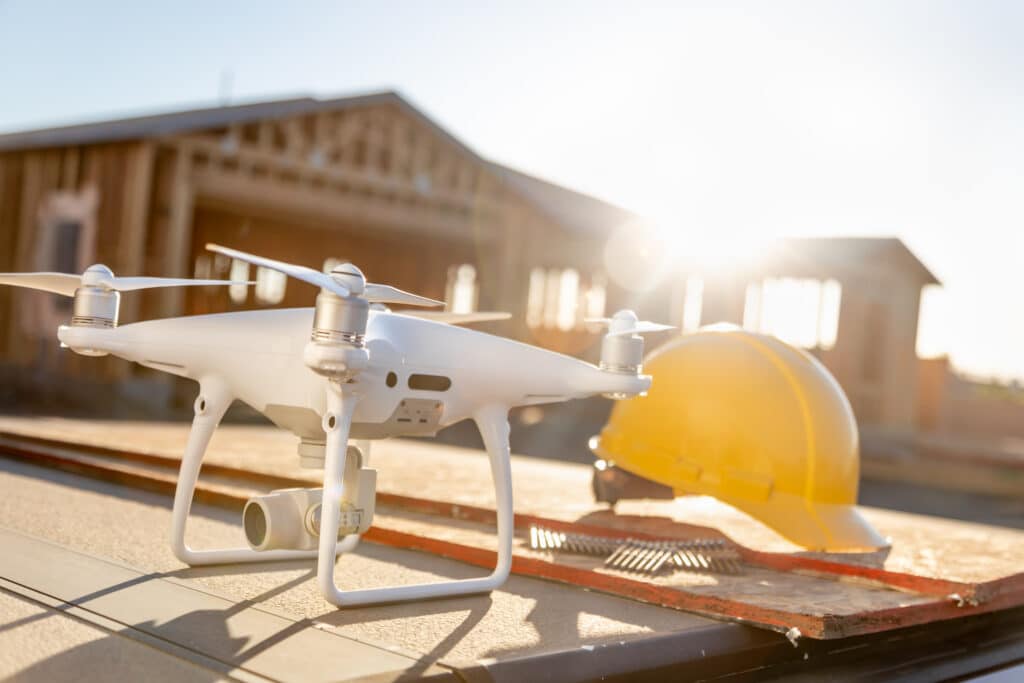As 2019 came to a close, leading economists predicted that the growth within the U.S. architecture, engineering and construction industry, while modest, would be steady in 2020.
Fast forward to May 2020 and those predictions look a bit different. According to Dodge Data and Analytics, contractors across the globe, not just the U.S., are girding for a potential recession.
That said, they’re also looking to the future, preparing their firms for what the post-COVID-19 A/E/C industry may look like. Below are just a few trends we predict may evolve in the wake of the pandemic:
Greater reliance on technology.
This trend is already well on its way, especially in regards to telecommuting. From 2005 to 2017, the United States experienced a 159% increase in remote work and that number has only increased since. And now, with approximately one third of the world’s population under some form of lockdown, telecommuting has become a way of life for many. Even those in A/E/C, an industry heavily reliant on personal, face-to-face interactions.
Like many, A/E/C firms–ourselves included–have quickly pivoted, implementing work-from-home policies, all supported by the latest in telecommuting technology. While the arrival of COVID-19 is not the ideal introduction to remote work, it has given rise to the question, “Can this be sustained long-term?” The answer, for the moment, appears to be one most A/E/C firms will be considering as it not only saves money and time, but also empowers employees to manage their own time, ultimately being more productive. (To the tune of 35-40% according to Global Workplace Analytics).
Drone and Go-Pro usage has also increased. While drones have long been in use in the construction industry, their capabilities have made them uniquely capable of assisting with construction management during the COVID-19 pandemic. Personnel can not only manage projects from afar but also conduct inspections in real-time. Go-Pros offer a similar advantage, but with one distinct benefit MEP firms like our own appreciate: They allow firms to visit sites when work activity is at a minimum, promoting social distancing while also improving the speed at which site visits are conducted. In the coming months, these advantages aren’t likely to be forgotten.
Increase in interest and/or implementation of the WELL standard, specifically in regards to air quality.
As COVID-19 forced the world indoors, it also shone a light on how environmental factors can influence health and wellness, especially for large properties in urban environments where close proximity can result higher transmission rates. Enter the WELL standard.
Managed by the International WELL Building Institute (IWBI), the WELL Standard® “is a performance-based system for measuring, certifying, and monitoring features of the built environment that impact human health and wellbeing, through air, water, nourishment, light, fitness, comfort, and mind.”
While the WELL Standard can’t address every factor responsible for the spread of COVID-19 (or any other infectious disease for that matter), it does offer a standard by which air quality and ventilation – arguably some of the most important components in transmission reduction – can be evaluated and improved.
The IWBI recognizes the importance the WELL Standard will play in the coming months and years ahead, and established a task force to, in their words, “[explore the] the role buildings can play in reducing health burden of COVID-19 and other respiratory infections.” The information gathered by the task force will then be transformed into checklist by which a building can be assessed before allowing people to return safely to work, school, etc. As LEED consultants in Charlotte (the sister certification to WELL), we’re eager to review the results as they will no doubly be long-lasting.
Rise in Prefabricated Projects
As COVID-19 began to unfold, the potential for significant hospital bed shortages were at the forefront of the public and government’s minds. In an effort to increase capacity, contractors and designers pivoted their focus, developing modular solutions from prefabricated critical care negative-air-pressure isolation rooms to medical-surgical units and ICU rooms – all of which were designed to be rapidly deployed to health care facilities.
Innovations such as these have not only positively impacted the fight against COVID-19 – such as in St. Louis where the United States Army Corp of Engineers used prefabrication to help convert a hotel into a hospital in just a few short days –– but also shape the future of our industry, offering a host of benefits including:
- Reduction in construction waste.
- Increase in quality control.
- Decrease in weather-related delays and damage.
- Decline in work-site injuries.
- Advanced synergy with technology
- Acceleration of the construction process, translating into cost savings
In the future, as the world emerges from their homes, an increasing number of firms will look to these trends in technology and construction as well as the standards that guide them to help them improve their own efficiencies and bottom-line. We, for one, are excited to see these operational shifts take hold.
___________
About VP Engineering
VP Engineering is a dynamic MEP design firm offering engineering expertise in senior living, multi-family, hospitality, medical, industrial, retail/commercial and educational markets worldwide. With experience in a wide range of building types, our MEP engineering services help keep projects on budget and achieve your goals. Learn more at vpce.com.



